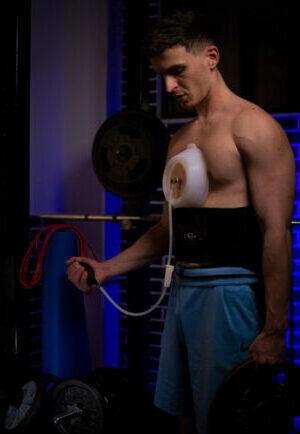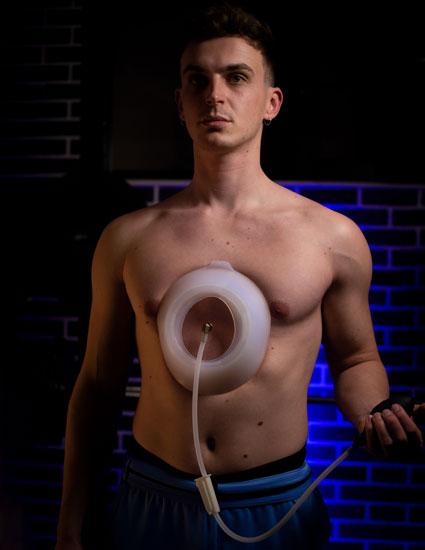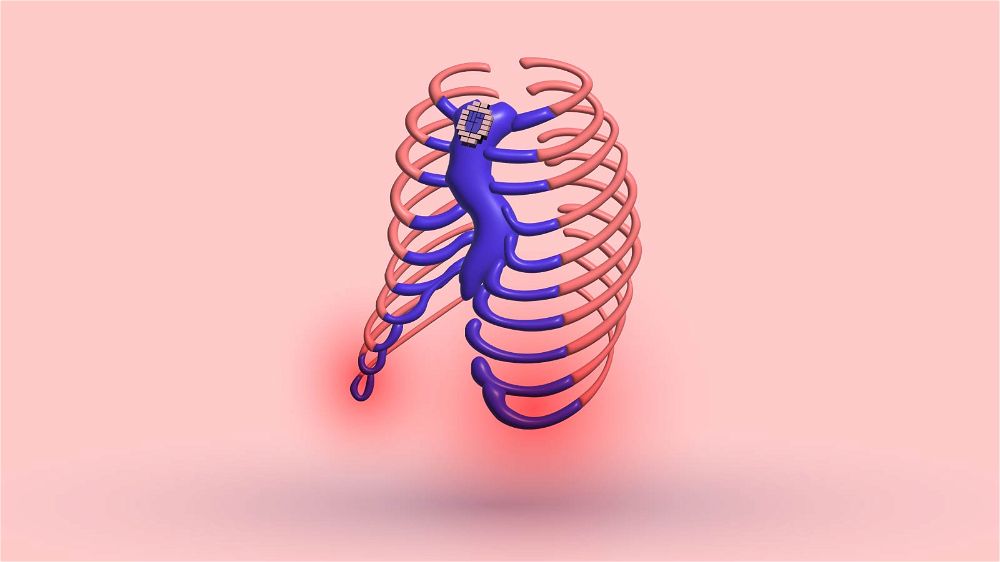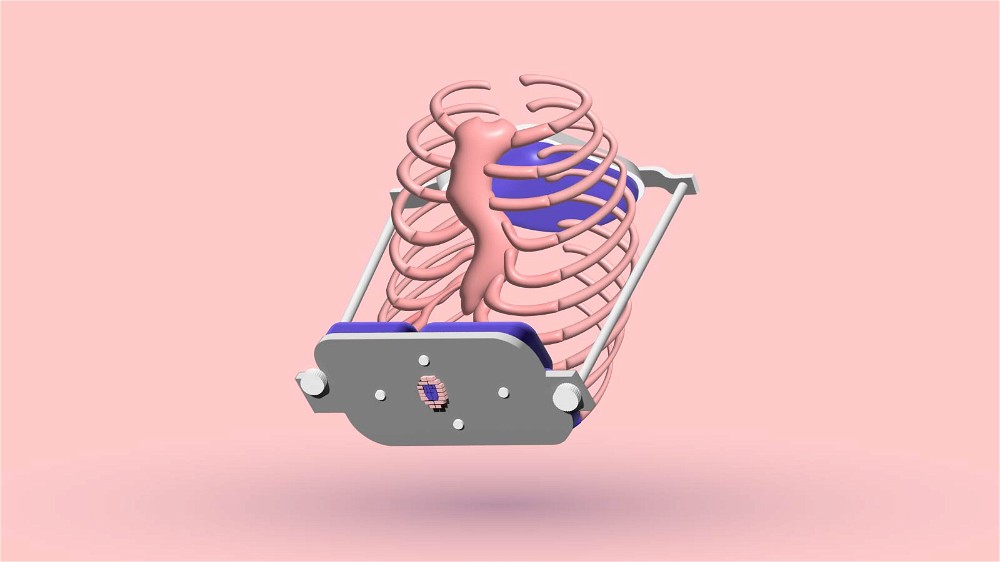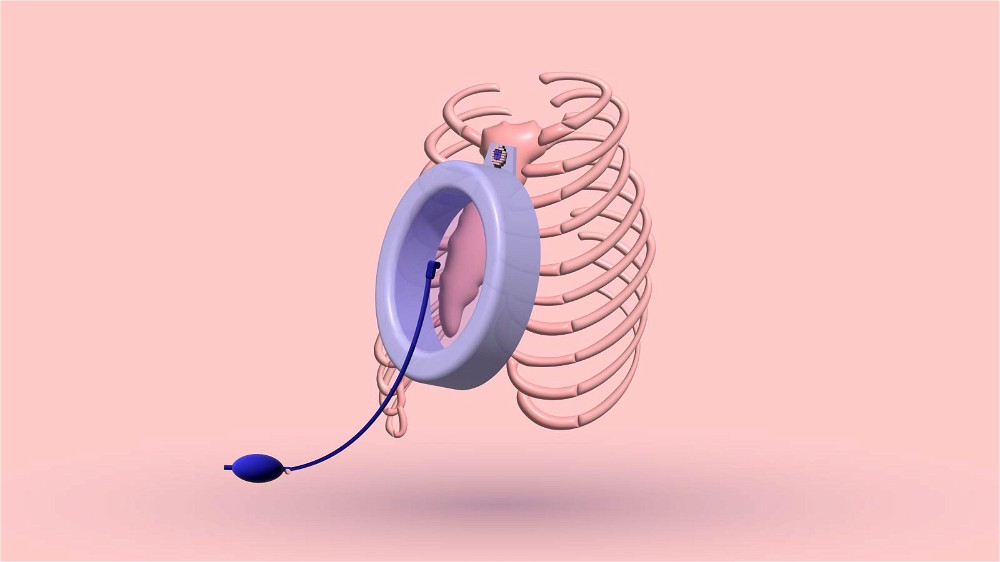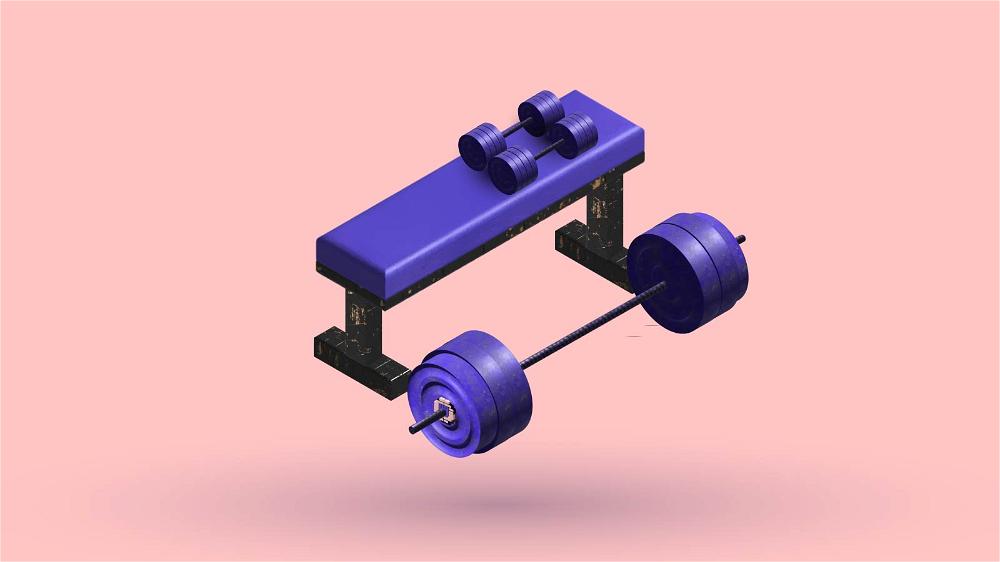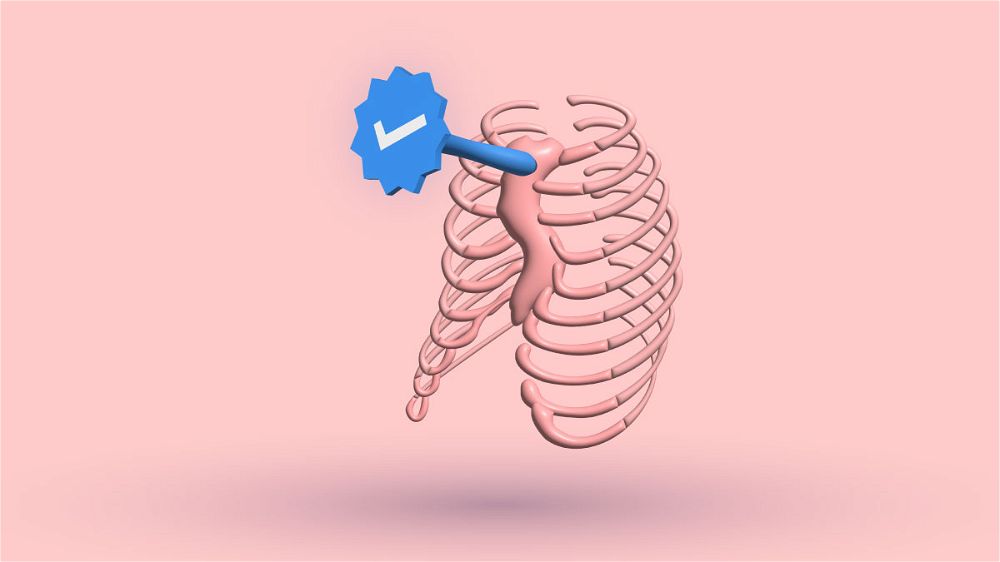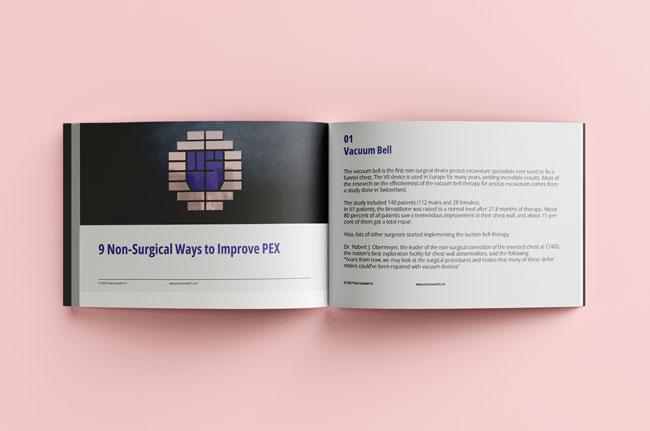A few available and affordable options can help us improve pectus excavatum. One of them is blowing balloons as a lung-capacity-improving exercise.
We often struggle with shortness of breath and breathing problems because of the deformity. Finding solutions to improve this is very important to us.
Doctors advise that applying a compression brace, performing specialized exercises, and blowing a balloon can be very helpful.
10 Minutes Session
A 10-minute daily balloon-blowing session is recommended for every pectus excavatum patient, especially older kids, and teenagers, and has been proven to be very effective.
A physical therapist initially instructs every patient how to do these exercises, and they modify them individually for everyone.
That is why it is important to contact a doctor and have personalized exercises prescribed to you.
However, if you’re curious, you can try blowing a balloon on your own. Please be aware of your condition; if you feel uncomfortable or dizzy, please interrupt the practice.
90/90 Bridge While Blowing a Balloon
According to a study from 2018, performing this exercise produces excellent outcomes in improving lung capacity.
The findings revealed significant improvements when they compared pulmonary function measurements between those collected before and after the experiment. They found the experimental group's lung capacity to have significantly risen.
Other possible explanations for the greater expiratory flow seen in this study are increased chest wall expansion and increased abdominal muscle activity due to the bridging position.
That also helps our sunken chest because strong abdominal muscles can help to conceal our indentation and rib flare.
This exercise is beneficial not just in young, healthy people but also in older people with other health difficulties, such as neurological illnesses.
How to Do It
To do this exercise, position yourself by putting your feet on a wall and your back on the floor. You should bend your knees and hips at 90 degrees and keep your neck and spine at ease and in a neutral position.
Then take the balloon and try to always inhale through the nose and exhale through your mouth when blowing it.
Blow it repeatedly by inhaling through the nose.
Then do a short pause while breathing normally and then repeat the exercise.
While exercising, strive to inhale through your nose without pinching the balloon's neck with your teeth, lips, or fingertips.
If any element of this exercise causes you problems or makes you uncomfortable in the areas you want to improve, stop immediately. Do this only if it feels good and comfortable.
Commitment
You only need to blow up several balloons daily to practice this simple exercise. Simply blowing balloons strengthens our intercostal muscles, which spreads and lifts our diaphragm and ribs.
Trying to commit to a regular routine of blowing balloons as a form of therapy will gradually enhance lung capacity and the lungs' ability to maintain a sufficient amount of oxygen over time.
Begin with blowing a few balloons each day and gradually increase the number.
Dizziness
People with reduced lung capacity, such as patients with severe pectus excavatum, may feel lightheaded or dizzy when blowing balloons.
The good news is that this effect will fade once you stop blowing for a few seconds. As your lung capacity increases, these symptoms should lessen and disappear.
Furthermore, numerous pectus patients reported feeling dizzy after blowing a balloon but did not report any other difficulties. I sometimes feel dizzy when I do this exercise. But the feeling goes away quickly.
Bottom Line
Maintaining and improving the capacity and health of our lungs is essential if we want to enhance our quality of life.
Even if this practice is more beneficial while combining it with bracing, you’ll still see improvement.
However, you still need to be motivated and committed to see any benefits. It would help if you worked out your lungs similarly to how you exercise in the gym to camouflage the deformity.
Having pectus excavatum deformity means we will have to be more disciplined and put in more work to have normal levels of lung capacity.
Keep going even if you find it challenging to take a deep breath. Your situation will improve with time.
Thank you for reading; I hope you find this blog post helpful.
3 Sources
- HAJE DDP, HAJE SA, VOLPON JB, SILVA ACOD, LIMA LFB, HUANG W. LOCALIZED PECTUS EXCAVATUM TREATED WITH BRACE AND EXERCISE: LONG TERM RESULTS OF A BRAZILIAN TECHNIQUE. Acta Ortop Bras. 2021;29(3):143–8.
- Seo K, Cho M. The effects of a balloon-blowing exercise in a 90/90 bridge position using a ball on the pulmonary function of females in their twenties. J Phys Ther Sci. 2018 Oct;30(10):1267–70.
- Balloon Breathing Exercise for Improved Lung Capacity | PulmonaryFibrosisNow.org [Internet]. [cited 2023 Feb 1]. Available from: https://pulmonaryfibrosisnow.org/2020/03/10/balloon-breathing-exercise-for-improved-lung-function/


